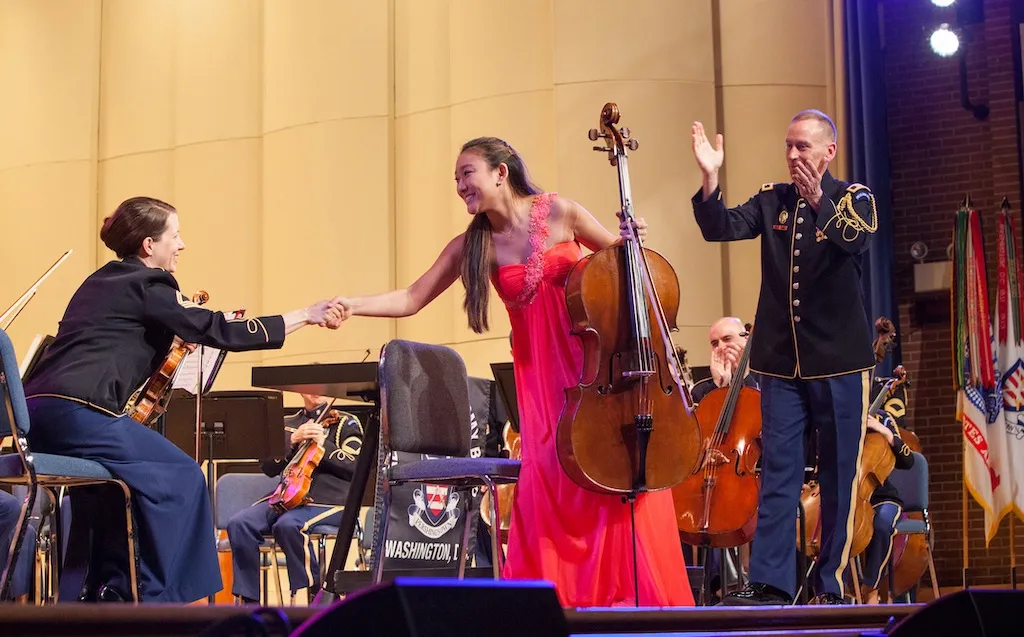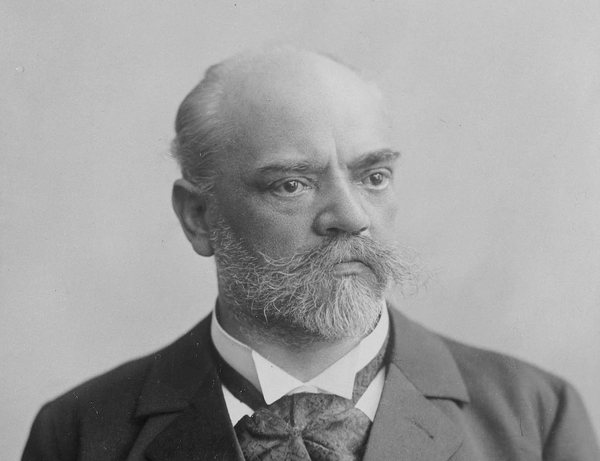The Tradition of Handshakes: Understanding the Conductor and Concertmaster Connection

In the grand spectacle of a symphony orchestra concert, every detail is meticulously choreographed, from the tuning of the instruments to the final standing ovation. Among these traditions, one might notice a seemingly small but significant gesture: the conductor shaking hands with the lead violinist, also known as the concertmaster, before and after the performance. This brief moment of contact is rich with meaning, reflecting the complex web of relationships, history, and respect that underpins every orchestral performance.
The Role of the Concertmaster
To understand the significance of this handshake, it’s essential to first appreciate the role of the concertmaster. The concertmaster is typically the first chair violinist and is regarded as the leader of the string section, and, by extension, the entire orchestra. While the conductor is the primary leader who interprets the music and directs the ensemble, the concertmaster plays a crucial role in executing that vision.
The concertmaster’s responsibilities extend beyond playing first violin. They lead the orchestra in tuning before the concert, set the bowing patterns for the string section, and often serve as an intermediary between the conductor and the musicians. Additionally, the concertmaster may be called upon to play solos and is often seen as the face of the orchestra, representing the musicians collectively.
Historical Origins of the Handshake
The tradition of the conductor shaking hands with the concertmaster has deep historical roots. This practice is believed to have originated in the 19th century when the role of the conductor became more prominent in orchestral music. Before this period, orchestras were often led by the concertmaster or the harpsichordist, and the idea of a separate conductor was not common. As the role of the conductor evolved, becoming more authoritative and central to the performance, the handshake emerged as a symbolic gesture of mutual respect and collaboration.
In the 19th and early 20th centuries, orchestras began to institutionalize many of the formalities we associate with classical music concerts today. The handshake between conductor and concertmaster became a way to publicly acknowledge the partnership between the conductor and the orchestra, with the concertmaster serving as a representative of the musicians.
Symbolism and Significance
The handshake between the conductor and the concertmaster is far more than a formality; it is a moment laden with symbolism. This gesture represents several key aspects of the orchestral experience:
- Mutual Respect: The handshake is a public acknowledgment of the mutual respect between the conductor and the orchestra. While the conductor is the leader, the concertmaster represents the collective talent and hard work of the musicians. The handshake is a way for the conductor to recognize the concertmaster’s leadership and the ensemble’s contributions to the performance.
- Collaboration and Trust: Orchestral music is inherently collaborative, requiring seamless coordination between dozens, sometimes hundreds, of musicians. The conductor and concertmaster must work closely together to ensure that the performance is cohesive and unified. The handshake is a gesture that signifies trust and partnership, acknowledging the concertmaster’s role in translating the conductor’s vision into reality.
- Acknowledgment of Roles: In the hierarchy of an orchestra, the conductor and concertmaster hold distinct but complementary roles. The conductor is the visionary, interpreting the score and guiding the overall direction of the performance. The concertmaster, on the other hand, is the executioner of that vision, ensuring that the musicians follow the conductor’s cues and maintain the intended musicality. The handshake is a recognition of these distinct roles and their importance in the success of the performance.
- Tradition and Continuity: Classical music is a genre deeply rooted in tradition, and the handshake is a part of that tradition. It connects modern performances to the historical practices of orchestras from previous centuries, serving as a reminder of the long-standing conventions that define the genre. For audiences, this gesture is a reassuring sign that they are part of a continuum of cultural history.
The Pre- and Post-Concert Handshake
Interestingly, the conductor and concertmaster often exchange handshakes both before and after the concert, each with its own unique significance.
- Before the Concert: The pre-concert handshake is a moment of solidarity before the music begins. It can be seen as a way for the conductor to wish the concertmaster and the orchestra good luck, setting a positive and respectful tone for the performance. This handshake is a subtle but important ritual that helps to establish a sense of unity and shared purpose as the musicians prepare to embark on the musical journey ahead.
- After the Concert: The post-concert handshake, often accompanied by a nod or a smile, is a gesture of congratulations and gratitude. It acknowledges the hard work and dedication that went into the performance and is a way for the conductor to express appreciation for the concertmaster’s leadership and the orchestra’s collective effort. This handshake is a closing act that brings the performance full circle, reinforcing the bonds of respect and collaboration that were so crucial to its success.
The Audience’s Perspective
For the audience, the handshake between conductor and concertmaster is a small but meaningful part of the concert experience. It offers a glimpse into the intricate dynamics that govern an orchestra and highlights the respect and cooperation that are essential to the creation of live music. This gesture also humanizes the performers, reminding the audience that, beyond the notes on the page, there is a deep interpersonal connection that drives the music.
Moreover, the handshake can serve as a moment of anticipation and reflection for the audience. Before the concert, it signals that the performance is about to begin, heightening the sense of excitement and expectation. After the concert, it provides a moment of closure, allowing the audience to reflect on the shared experience of the music and the artistry of the performers.
Conclusion
The tradition of the conductor shaking hands with the concertmaster is a powerful symbol of the respect, collaboration, and tradition that define orchestral music. This simple gesture carries with it a wealth of meaning, reflecting the intricate relationships that make each performance possible. For both musicians and audiences, the handshake is a reminder of the deep connections that underpin the art of music, connections that transcend the notes on the page and bring the music to life.





